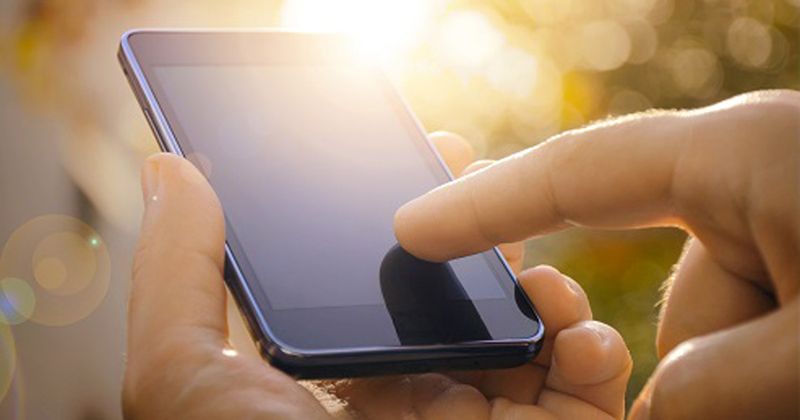Smartphone-based screening doubles detection rate of treatment-relevant AF
Among middle-aged and older adults at increased risk for stroke, home-based digital screening using a smartphone more than doubled the detection rate of treatment-relevant atrial fibrillation vs. usual care.
“A scalable, digital screening strategy using normal smartphones more than doubles the detection rate of treatment-relevant AF in a broad, at-risk population,” Axel Bauer, MD, professor of cardiology at the Medical University of Innsbruck, Austria, said during a press conference at the European Society of Cardiology Congress. “This means that anyone with a smartphone can screen himself or herself for the world’s most important cardiac arrythmia. This might have huge implications for the prevention of stroke.”

Simple smartphone screening
For the eBRAVE-AF study, Bauer and colleagues analyzed data from 5,551 adults aged 50 to 90 years with a CHA2DS2-VASc score of 1 or greater for men and 2 or greater for women who were free of AF at baseline and not prescribed oral anticoagulation therapies. The trial was a site-less, digital randomized study; there was no in-person contact with participants at any time.
Researchers randomly assigned participants to digital screening using an app with photoplethysmography (PPG) or to usual care. The primary endpoint was newly diagnosed AF by an independent physician. At 6 months, researchers invited participants who did not meet the primary endpoint to cross over to the opposite study arm.
“Digital screening was twofold,” Bauer said. “All participants could download the dedicated app on their smartphone, a PPG app to record their pulse waves for 1 minute. Participants were advised to do this frequently, using a time schedule. In case of abnormal findings, an ECG loop recorder was sent to participants as an external [method] to diagnose AF.”
Researchers found that digital screening was superior to usual care in detecting treatment-relevant AF, with an OR of 2.12 (95% CI, 1.19-3.76; P = .01) for the first phase of the crossover study. The findings were replicated during the second phase, with an OR of 2.75 for the second phase compared with usual care (95% CI, 1.42-5.34; P = .003).
‘This requires active willingness’
In a question-and-answer session after the press conference, Bauer said future studies are needed to learn whether improved diagnostics using digital technology like a smartphone translates to better clinical outcomes.
“One lesson we learned is that it is very difficult but important to understand how to bring the digital technology to the participants and motivate them to conduct self-measurements,” Bauer said. “This requires active willingness of the participants; it is not something that runs on its own.”
Bauer added that it is also important to identify high-risk groups where this type of screening is more important.
“For example, by focusing on people with increased baseline CHA2DS2-VASc scores, you can substantially increase the efficacy of AF detection,” Bauer said. “We still have to show that such screening strategies improve outcomes.”


